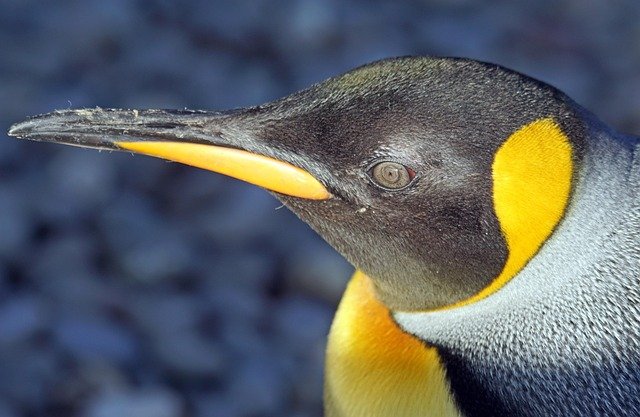
The Social Lives of Penguins: How Colony Dynamics Shape Survival and Behavior
Penguins are fascinating creatures that have captured the hearts of many with their unique appearance and charming behaviors. However, beyond their endearing waddle and tuxedo-like plumage lies a complex social structure that plays a crucial role in their survival and behavior. In this post, we will explore the dynamics of penguin colonies and how these interactions influence their daily lives.
The Importance of Colony Living
Penguins are highly social animals that thrive in colonies, which can range from a few dozen to several thousand individuals. Living in a colony provides numerous advantages, including:
1. Protection from Predators
- Safety in Numbers: By congregating in large groups, penguins can reduce their risk of predation. The sheer number of individuals can confuse predators and make it more difficult for them to target a single penguin.
- Vigilance: Penguins often take turns being vigilant while others feed or rest, ensuring that the colony is always on the lookout for potential threats.
2. Thermoregulation
- Huddling Behavior: In harsh, cold environments, such as the Antarctic, penguins engage in huddling behavior to conserve warmth. By clustering together, they can reduce heat loss and protect themselves from freezing temperatures.
3. Breeding Success
- Cooperative Rearing: Many penguin species exhibit cooperative breeding behaviors, where individuals other than the parents help care for the young. This communal effort increases chick survival rates and fosters strong social bonds within the colony.
Social Structures and Hierarchies
Penguin colonies are not just random aggregations of individuals; they exhibit intricate social structures and hierarchies. These dynamics can influence various aspects of their behavior:
1. Social Bonds
- Pair Bonds: Penguins often form long-lasting pair bonds for breeding. These relationships are crucial for raising offspring and can influence mating success.
- Friendships: Some species, like the Emperor penguin, have been observed forming friendships that extend beyond breeding, showcasing their ability to recognize and bond with specific individuals.
2. Communication
- Vocalizations: Penguins use a variety of vocalizations to communicate with one another, especially during breeding season. Each species has its distinct calls, which help individuals identify their mates and offspring amidst the cacophony of the colony.
- Body Language: In addition to vocalizations, penguins utilize body language and physical displays to convey social status and intentions, further enhancing their complex social interactions.
Challenges and Adaptations
While living in colonies offers numerous benefits, it also presents challenges. Overcrowding can lead to increased competition for resources, such as food and nesting sites. Additionally, the spread of diseases can occur more rapidly in densely populated areas.
1. Resource Competition
- Foraging: Penguins must compete for food, which can lead to aggressive behaviors during feeding times. Understanding these dynamics can provide insights into how environmental changes impact their foraging success.
2. Disease Management
- Health Monitoring: Researchers are increasingly studying the health of penguin colonies to understand how social living affects disease transmission and overall population health. Conservation efforts often focus on maintaining healthy colony dynamics to enhance resilience against diseases.
Conclusion
The social lives of penguins are rich and complex, shaped by the dynamics of their colonies. These interactions are vital for their survival, influencing everything from breeding success to foraging strategies. As we continue to study these remarkable birds, we gain valuable insights into the importance of social structures in the animal kingdom and the delicate balance that sustains these iconic species.
Understanding penguin social dynamics not only enriches our knowledge of their behavior but also underscores the importance of conservation efforts to protect their habitats and ensure their survival for future generations.
